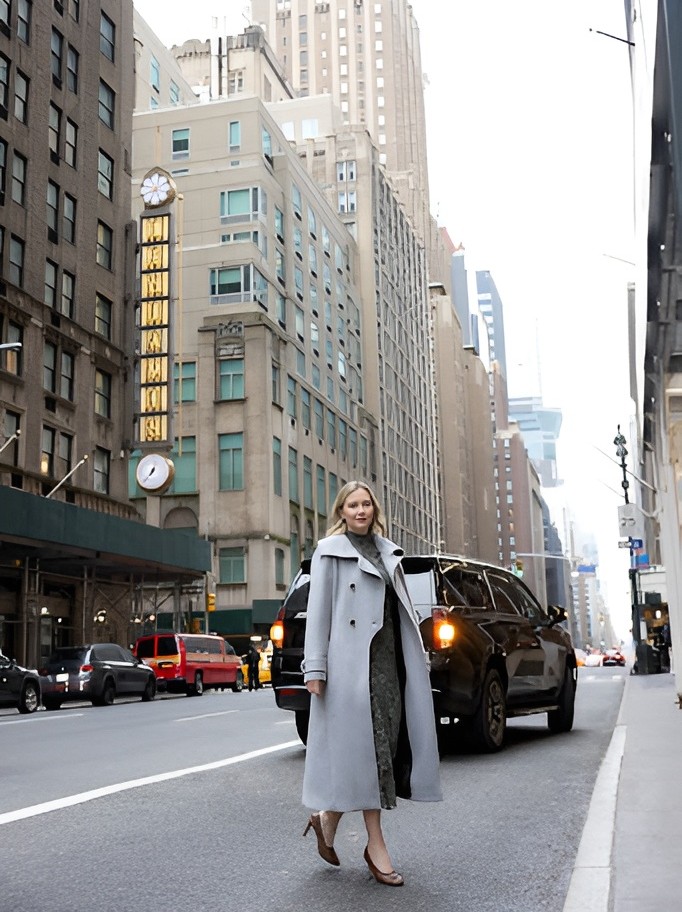Introduction
For UHNW families, art is more than a passion; it’s a significant financial and cultural asset. As collections grow in scale and value, families often ask: “How do we preserve and protect our collection for future generations?”
Two of the most effective structures are family foundations and art trusts. These vehicles offer a means to safeguard collections, alleviate tax burdens, and create a lasting legacy that reflects a family’s values.
At Mercer Contemporary, we collaborate with tax attorneys, accountants, and estate professionals to guide collectors through the process of establishing foundations and trusts, ensuring that collections remain both financially secure and culturally meaningful.
“Which artworks in your family collection will help define your family’s legacy?” – Nicole Bray, Mercer Contemporary.
1. Why Consider a Foundation or Art Trust?
Art collections present unique challenges:
- High value and illiquidity, unlike stocks, art cannot be quickly sold without strategic planning.
- Rising costs, including insurance, storage, and conservation, can become a burden for heirs.
- Legacy questions can arise when children may not share the same passion for art, leaving collections vulnerable to dispersal or mismanagement.
- Foundations and trusts provide solutions by offering structure, clarity, and protection.
Related: Legacy Planning with Art: Preserving Collections for Generations
2. Family Foundations for Art
A family foundation allows collectors to formalize their philanthropic giving through art. Benefits include:
- Museum Partnerships – Foundations can lend works to exhibitions, enhancing both cultural visibility and family legacy.
- Tax Efficiency – Donations to the foundation may be tax-deductible if made in a manner that is appropriately structured.
- Control – Families retain influence over how art is displayed, loaned, or sold.
- Philanthropic Impact – Foundations can fund scholarships, exhibitions, and curatorial research aligned with family values.
Collectors with significant holdings often find that foundations not only preserve their collections but also extend their cultural reach.
3. Art Trusts
An art trust is a legal vehicle that ensures artworks are managed for the benefit of heirs or institutions. Benefits include:
- Asset Protection – Works are shielded from estate disputes or financial mismanagement.
- Continuity – The trust provides clear instructions for how works should be cared for, displayed, or eventually deaccessioned.
- Flexibility – Families can set parameters for sales, donations, or loans.
- Estate Efficiency – Trusts reduce the administrative burden on heirs during the probate process.
Art trusts are beneficial when families want to preserve their collections intact while also providing heirs with liquidity options.
4. Defining the Strategy: Keep, Donate, or Deaccession?
Foundations and trusts are not just about protecting art; they are about defining which works belong in the family’s long-term story. This may involve:
- Identifying cornerstone works that represent the family’s collecting vision.
- Donating select works to museums where they will hold cultural significance.
- Deaccessioning lesser works to reduce financial burden and focus the collection.
By setting these strategies in place, collectors spare heirs from making difficult decisions later.
Related: Deaccessioning in Legacy Planning: Why It Matters
5. The Role of Advisors and Professionals
No foundation or trust should be created without a strong advisory team. At Mercer Contemporary, we work alongside:
- Tax attorneys and accountants – to ensure compliance with IRS and estate regulations.
- Art lawyers – to draft airtight trust and governance documents.
- Appraisers – to provide USPAP-certified valuations for IRS reporting.
- Conservators and insurers – to ensure works are preserved and protected for the long term.
Our role is to advise on where items belong and to connect families with the right network of professionals worldwide.
Related: Certified Art Appraisers: Why Accreditation Matters
6. Why Family Foundations and Trusts Strengthen Legacy
By formalizing how collections are preserved, families achieve:
- Clarity: heirs understand their role and responsibility.
- Protection: assets are legally shielded from disputes or mismanagement.
- Philanthropy: collections gain cultural impact through loans and donations.
- Recognition: families are remembered as stewards of culture, not just owners of art.
Ultimately, these structures ensure collections are not only preserved but also positioned as living legacies that educate, inspire, and endure.
Why Mercer Contemporary
Mercer Contemporary helps UHNW families and family offices:
- Determine whether a foundation or trust is the most suitable vehicle.
- Define which works belong in long-term legacy plans and which may be deaccessioned.
- Provide USPAP-certified appraisals accepted by the IRS and insurers.
- Collaborate with lawyers, accountants, and estate planners to ensure compliance and efficiency.
- Connect families with museum curators, boards, and committees for long-term cultural placement.

Conclusion
Art is both a financial asset and a cultural inheritance. By creating a family foundation or art trust, collectors can ensure their collections are preserved, protected, and positioned for lasting impact. With the proper guidance, these structures turn collections into multi-generational legacies that balance family values, philanthropy, and financial stewardship.
Mercer Contemporary offers legacy planning, art advisory, and fine art appraisal services for UHNW collectors and family offices. To explore foundations and trusts for your collection, please contact us.
